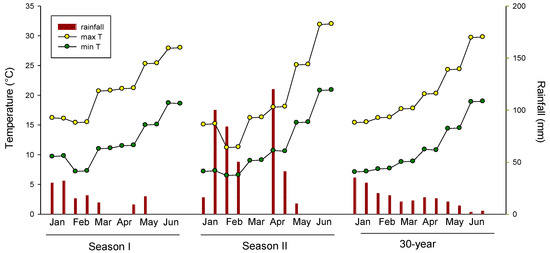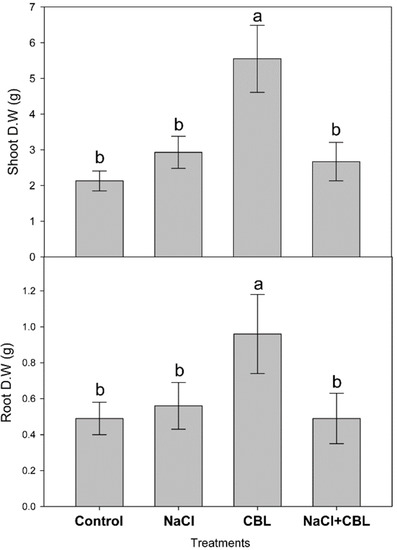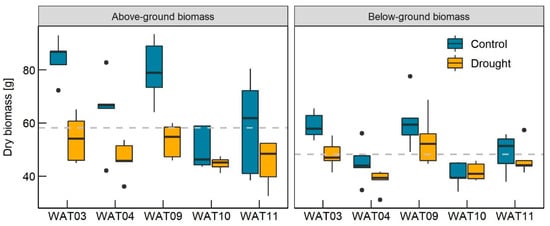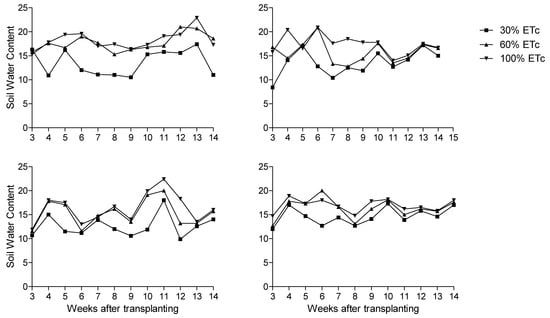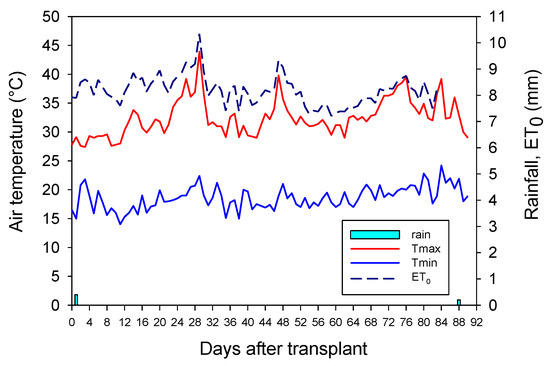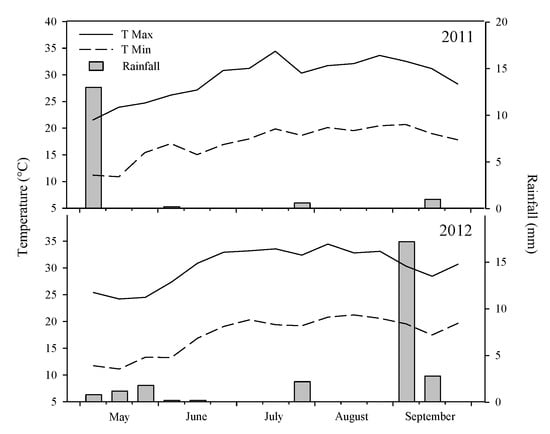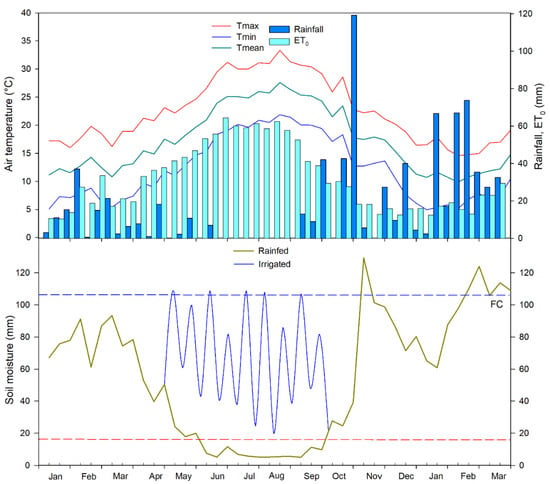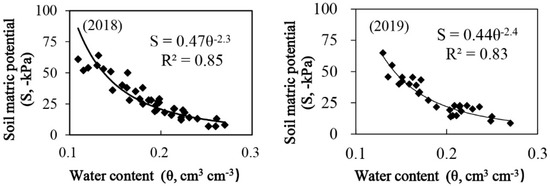Towards Sustainable Intensification of Crop Production—Yield Gaps and Water Use Efficiency in Farming Systems
A topical collection in Agronomy (ISSN 2073-4395). This collection belongs to the section "Water Use and Irrigation".
Viewed by 35665Editor
Interests: irrigation; sustainability; water resources management; agriculture; crop management; sustainable agriculture; crop production; organic farming
Topical Collection Information
Dear Colleagues,
In the last decades, many advances have been made regarding sustainable crop production intensification, mainly with the aim of increasing or maintaining yield. However, the decrease in available water around the world—which will be more evident in the future based on the predictions of climate change—as well as the parallel decrease in irrigated land raises the alarm and necessitates the development of more efficient water use techniques in farming systems. The present Topical Collection will focus on the recent advancements in the wide field of sustainable intensification of crop production and water use efficiency. Research papers, communications, and review articles are all welcome. In particular, we encourage contributions covering agronomic practices and the management of water, without neglecting sustainability principles and toward improved crop water use efficiency. Particular attention will be given also to research involving the selection of species and cultivars compatible with agro-techniques designed to reduce evapotranspiration or have tolerance to water scarcity, as well as the progress of genetics applied to the agronomy of cropping systems. Attention will also be given to studies that allow improvements in water use efficiency of farming systems utilizing information communication technologies (e.g., decision support systems and precision irrigation)
Dr. Anita Ierna
Collection Editor
Manuscript Submission Information
Manuscripts should be submitted online at www.mdpi.com by registering and logging in to this website. Once you are registered, click here to go to the submission form. Manuscripts can be submitted until the deadline. All submissions that pass pre-check are peer-reviewed. Accepted papers will be published continuously in the journal (as soon as accepted) and will be listed together on the collection website. Research articles, review articles as well as short communications are invited. For planned papers, a title and short abstract (about 100 words) can be sent to the Editorial Office for announcement on this website.
Submitted manuscripts should not have been published previously, nor be under consideration for publication elsewhere (except conference proceedings papers). All manuscripts are thoroughly refereed through a single-blind peer-review process. A guide for authors and other relevant information for submission of manuscripts is available on the Instructions for Authors page. Agronomy is an international peer-reviewed open access monthly journal published by MDPI.
Please visit the Instructions for Authors page before submitting a manuscript. The Article Processing Charge (APC) for publication in this open access journal is 2600 CHF (Swiss Francs). Submitted papers should be well formatted and use good English. Authors may use MDPI's English editing service prior to publication or during author revisions.
Keywords
- sustainability
- WUE
- water saving
- conservation agriculture
- irrigation
- crop breeding
- decision support systems, precise irrigation





